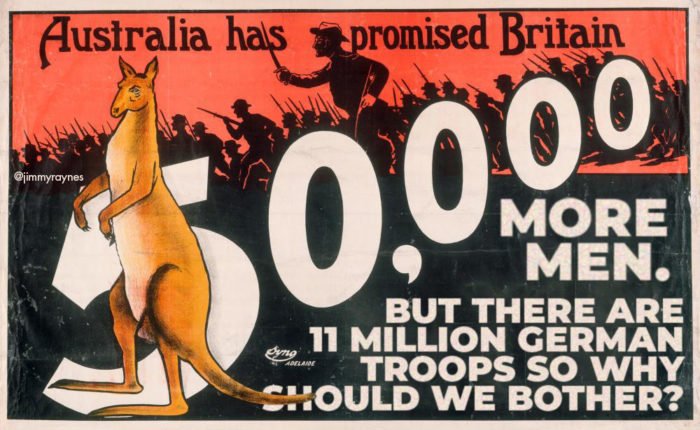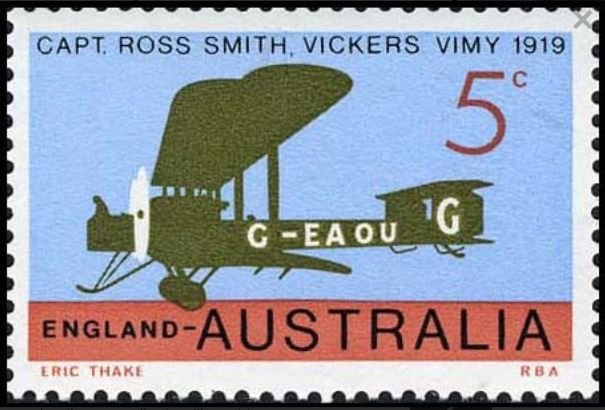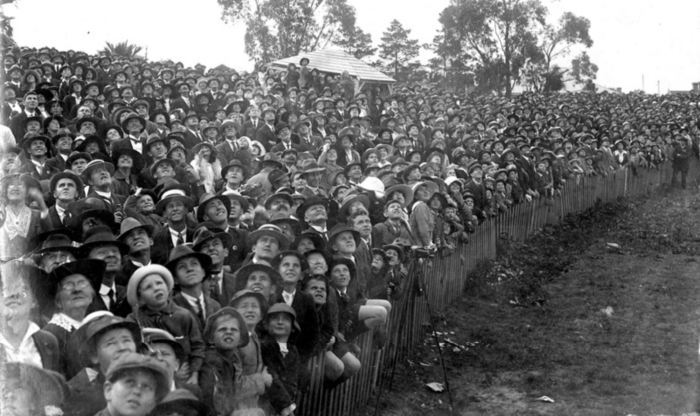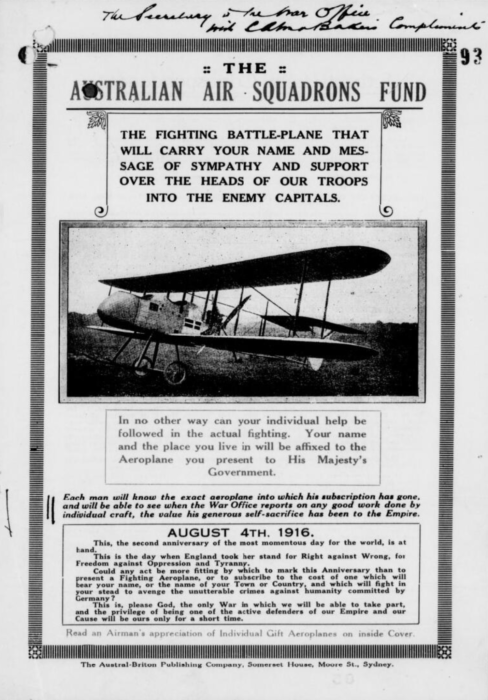Daddy, what did YOU do in the climate emergency?
Heavy rains are finally starting to extinguish the distastrous bushfires that covered a last part of eastern Australia during the last couple of months (and of course, bringing floods). Back while they were still burning, James Raynes tweeted a series of images he adapted from Australian recruitment posters from the First World War, which I […]









